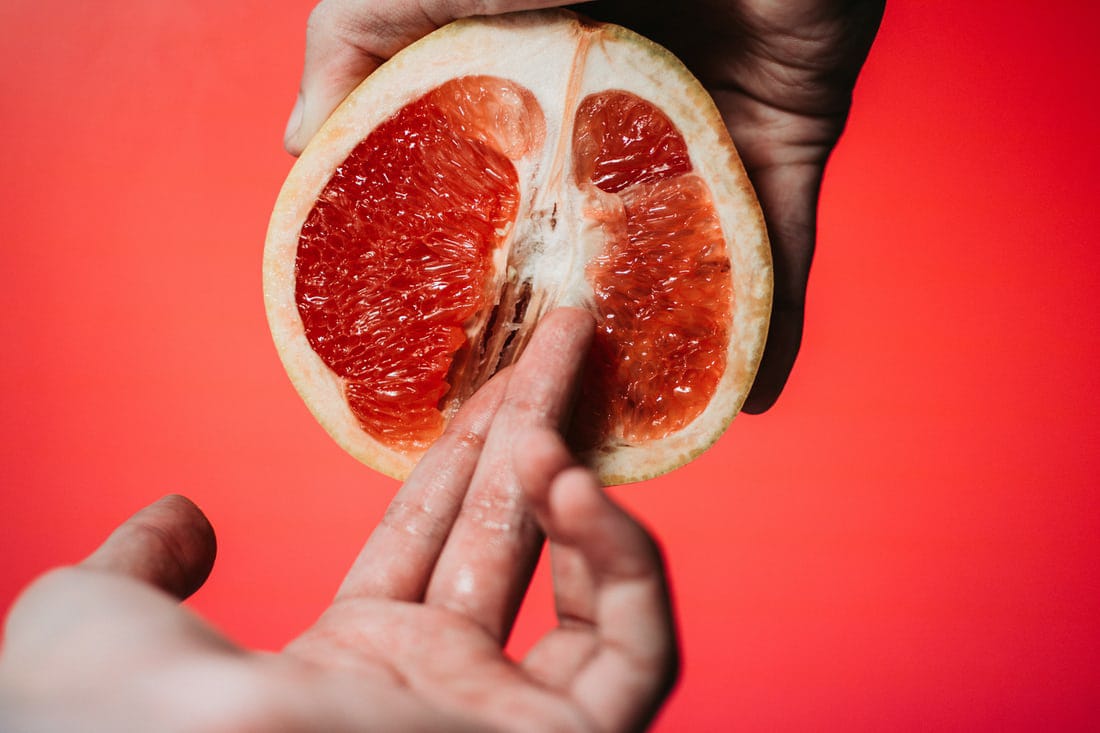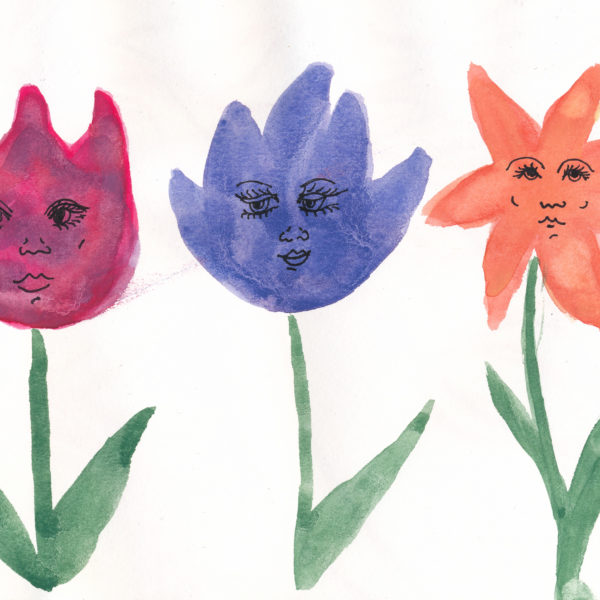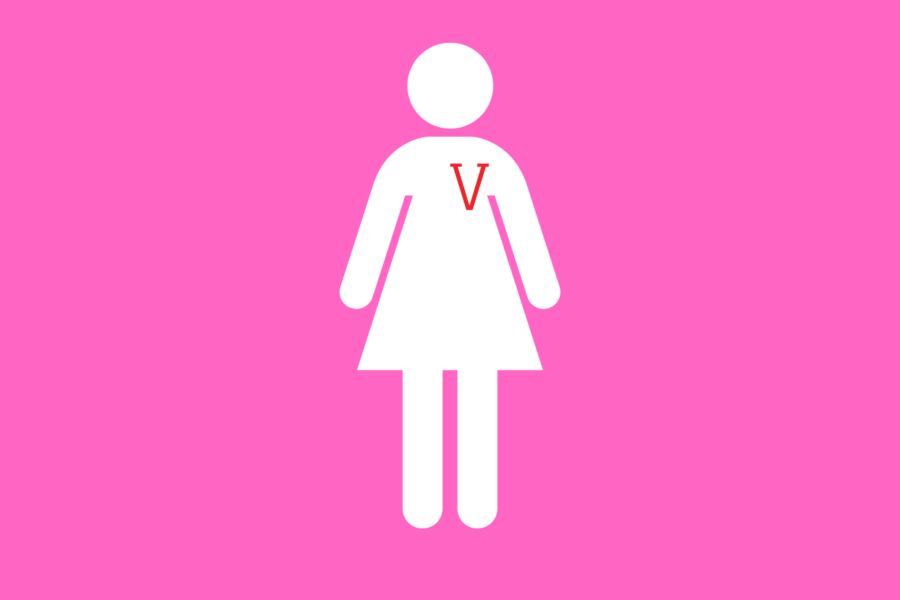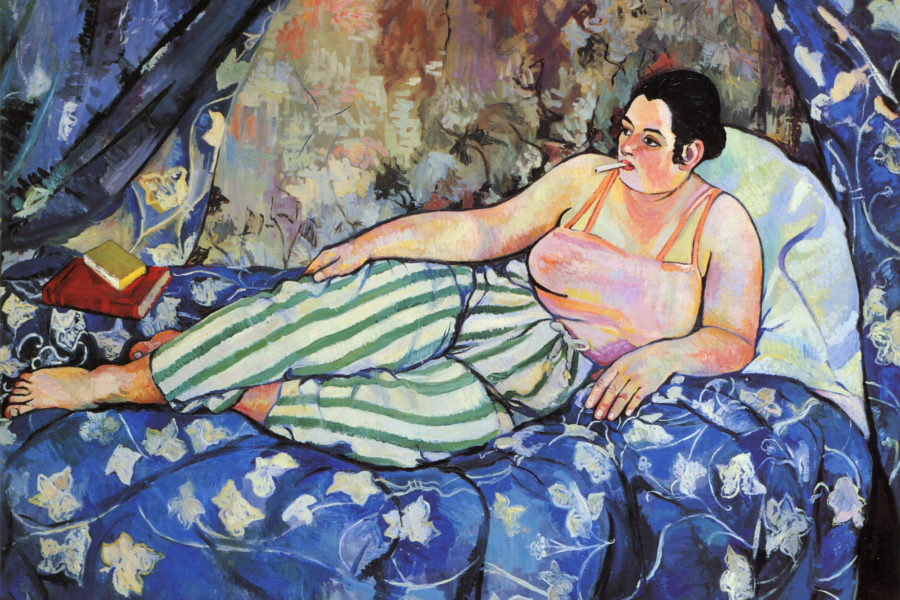A couple of months ago I was scrolling through Instagram when I saw the same post come up again and again on people’s stories. Repeated posts are not unusual, but there was something about this one that deeply chimed with me.

The Pleasure Gap
It was a tweet from Dr Laurie Mintz, professor of human sexuality, detailing the following statistics:
“When masturbating, 95% of women orgasm. In first time hook-ups with other women, the number is 64%. In first time hook-ups with men, 7% orgasm”.
These numbers felt shocking, and yet completely expected. It reminded me of something that society has tried very hard to present as normal – that men have a monopoly on sexual pleasure.
Studies have shown time and time again that heterosexual women achieve the least sexual satisfaction compared with other groups, regardless of age, relationship status, and most other factors. Another statistic from Dr Mintz shows that half of 18-35 year old women say they have trouble orgasming with their partner. In their last sexual encounter, 64% of women surveyed had an orgasm, compared to 91% of men.
Surely this is orgasm inequality – a massive gendered pleasure gap that is routinely ignored. How have we simply accepted this?
In my experience, social shame around female sexuality is a major cause of this gap. Yet this is not the narrative we are given. I often got the impression from others that the female body is simply too complicated. Vulvas are just confusing, apparently.
Despite the fact that most women can make themselves orgasm, female sexuality is seen as a mystery; our bodies are codes to crack. Though the clitoris being the only part of the human body dedicated solely to pleasure, only 63% of people can identify it on a diagram – and a diagram is a simplified version of an actual body.
Do you know what isn’t confusing, or complicated? Listening to women.
Or just doing some research.
Or actually asking women what works for them.
I don’t know if it is worse in culturally repressive Britain, but there is huge reluctance to talk about sex in a constructive way. In all my sexual experiences, I can count on less than one hand the men who asked me what I wanted, or whether I was enjoying it. Asking women- or anyone- what they want in bed isn’t emasculating, it’s actually just common sense.
It seems an almost universal female experience to be lying down, staring at the ceiling, underwhelmed, but feeling too awkward or ashamed to express what we actually want. Of course everyone has awkward sexual experiences growing up, but the way this continues through the rest of life is uniquely gendered.
For a long time, the messages I received around my sexuality and desires were deeply suffused with shame. Burning shame, and a feeling of embarrassment over the fact that I enjoyed masturbating and having sex. Isn’t that kind of the point of sex? Whether it be slut shaming women who enjoy one-night stands, or the cultural erasure of female masturbation, our sexuality is repressed and ignored from a young age. Women are simply assumed to be ‘less sexual’ than men.
At age 13, I remember talking to a boy at school about sex – one of those conversations that seemed thrillingly secretive at the time. I don’t remember exactly what he said, but I vividly remember the disgust and derision on his face when the conversation turned to the topic of ‘if girls actually masturbated’. This shame starts young. The same year, at school, girls were taken off to one classroom and told about periods and reproduction, whilst boys were taught about wet dreams and erections. Sex and puberty education that, for women, focuses solely on reproduction and risks, whilst for men focuses on pleasure, is never going to create adults with a healthy attitude to sex.
This suppression of female desire and sexual agency simply gained momentum from then on. Age 15, seeing the covers of Cosmopolitan blazoned with articles on how to ‘give your man the perfect O’. I don’t recall GQ, or any men’s magazines, writing about how to stimulate your partner’s clitoris… By age 17, having turned into an angry feminist, I was pretty tired of it all, and wrote an article about the stigma around female masturbation, hoping that maybe, by the time I got to university, some of this stigma would have dissipated. Well, it has. But not by much. Women’s desires are still deemed abnormal.
The pleasure gap is the literal centring of men in sexual encounters, through our cultural obsession with penetration as the only valid type of sex. The phallocentricity (not to mention heteronormativity) of current sexual attitudes is staggering. Based off my sex education, the media, and pornography, you would think that the best way to achieve sexual pleasure is through regular, old fashioned penetrative sex. Wham bam thank you m’aam, everyone is happy. ‘Real sex’. Yet the results of countless studies have shown that only 20-25% of women can consistently orgasm from penetrative sex. Of course orgasm isn’t the only goal, but it is pretty depressing that we have lauded a form of sexual encounter that, most often, only one gender will reap the full pleasure of.
Conversations around this are changing, especially in informal spheres such as social media. Following sex educators such as Ruby Rare online is what made me realise that there was nothing unusual or shameful about having sexual needs. Thankfully, it also seems to be reaching a more mainstream audience – earlier this year even the BBC published an article on different ways to masturbate!
It is not that all men are sexually selfish – the world has just told us that male pleasure and desires are more important. Less shameful. Sexual pleasure is something men are taught they are entitled to. While female desire is an aberration, male sexual desire is a biological right. When men sing about sex, we sing along with them. When women sing about their WAP, we pour scorn on them. Just look at the incel movement- there are men committing hate crimes and terrorist acts because they are not receiving the sexual pleasure from women that they believe they are entitled to.
We cannot blame men for the pleasure gap when every image of good sex they see online, in films, and in popular culture, is based around what feels good for them. Crucially, the solution to the pleasure gap is not to shame anyone for a lack of sexual knowledge, regardless of how gendered it may be. Responding to shame with more shame will never be the answer, it will only make people talk about issues less.
The solution is clear: better education and better communication.
Many find the idea of teaching younger teenagers and children about sex and pleasure disturbing, but it is much better than the alternative. We are naturally curious about our bodies and sexuality from a young age and deserve to be taught that this is something that can bring immense pleasure. When we leave children to learn from the internet and graphic misogynist porn, we perpetuate the gendered pleasure gap. Worse still, we create a lack of understanding of consent. Why would we not teach that everyone is allowed a healthy and satisfying sex life?
The personal is political. Orgasms might seem like a frivolous topic but living in a world where male pleasure is always the priority spills into so many more domains. Centring sexual encounters around male pleasure reflects and perpetuates a society in which women’s desires and needs are considered out of the ordinary. Ignorance of female pleasure not only leads to dissatisfaction, but often also pain and discomfort in sexual encounters for many women.
It would take many books and many years to fully unpack the stigmatisation of female sexual pleasure and what to do about it. But ultimately, why should we be shamed for wanting to feel good? Life is hard sometimes, don’t we all deserve an orgasm?
Millie Lord
Cover image by Unsplash






Leave a Comment